The Huawei Mate 8 Review
by Andrei Frumusanu on January 5, 2016 1:00 PM EST- Posted in
- Mobile
- Smartphones
- Huawei
- Cortex A72
- Kirin 950
- Mate 8
- CES 2016
Camera Still Picture Performance
The Mate 8 is equipped with a new camera module sporting a new sensor from Sony. The IMX298 is a 1/2.8” sensor with a 1.12µm pixel pitch offering resolutions of up to 16MP in 4:3 format. This marks a departure from the RGBW design that Huawei had adopted last year with the IMX258 in the P8 and Mate S. While the RGBW sensor definitely was able to demonstrate advantages in low-light photography it lacked detail compared to traditional Bayer RGBG sensors in well-lit scenarios.
| Camera Setup | ||||
| Main (Rear) | Front | |||
| Sensor | Sony IMX 298 1/2.8" 1.12µm pixel pitch |
Sony IMX179 1/3.2" 1.4µm pixel pitch |
||
| Resolution | 4608 × 3456 16MP 4:3 |
3264 × 2448 8MP 4:3 |
||
| Optics | F/2.0 aperture 27mm eq. focal length |
F/2.4 aperture 26mm eq. focal length |
||
| Stabilization | 3-axis 1.5° OIS | - | ||
For the first time we see Huawei push the sensor’s resolution up to 16MP which should theoretically allow the new module to resolve more detail compared to last year’s models as well as the Mate 7. Huawei continues to maintain a F/2.0 lens aperture with a 35mm equivalent focal length of up to 27mm, enabling a wide field-of-view.
Early software issues: A case of severe near-sightedness
When I received my Mate 8 review unit I was curious to test out Huawei’s promised improvements in camera quality, but I what I was met with were some very concerning samples that were worse than what a cheap budget smartphone could produce.
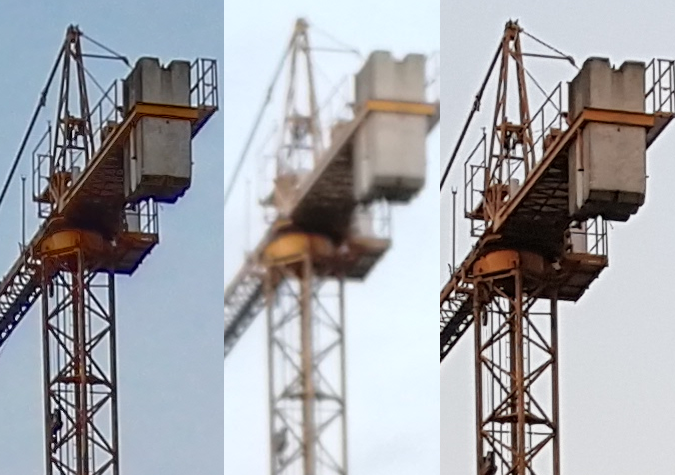
Mate S - Mate 8 B116 - Galaxy S6
The phone consistently was producing extremely blurred pictures that were far inferior to any other smartphone. At first I didn’t know what was causing this as the Mate 8 introduces both a new sensor, module as well as ISP in the Kirin 950.


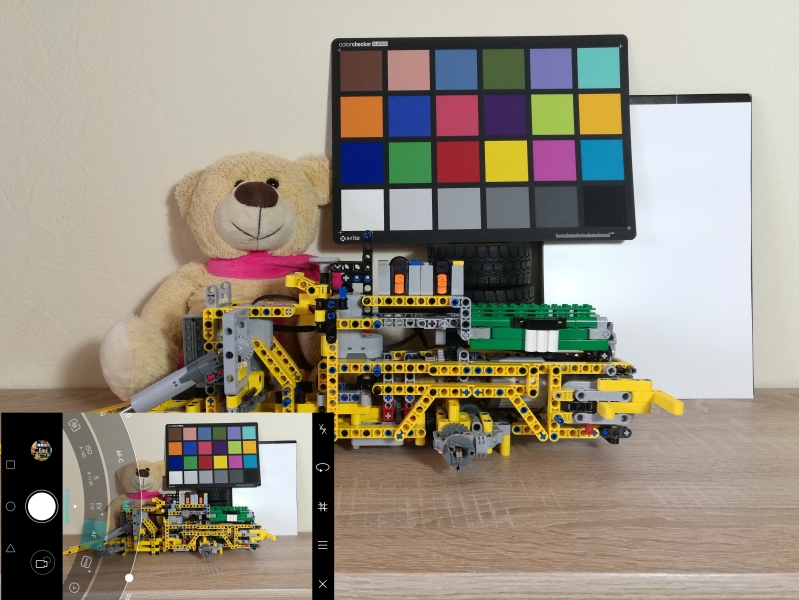
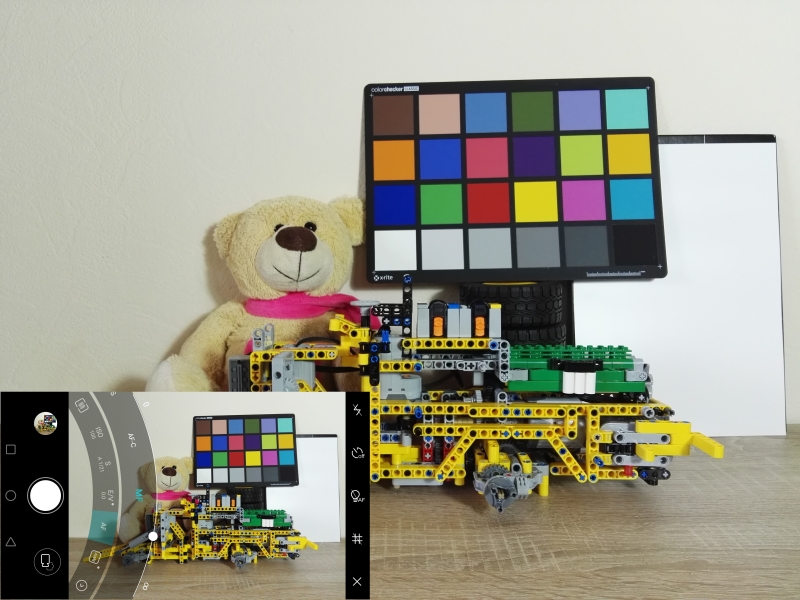

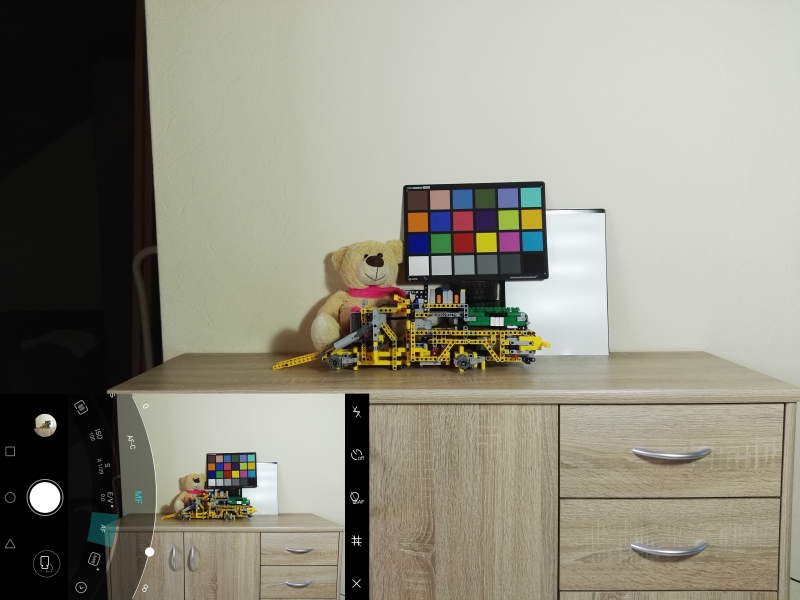
Mate 8 vs Mate S
After further testing and investigation it seems that the focus mechanism of the camera is malfunctioning. A good way to demonstrate this is to launch the camera in the phone’s “Professional” manual mode and to open up the manual focus slider UI. While focusing on objects via manual selection on the screen, one can see the focus slider adjust between its minimal and maximal focal length.
The issue seems to be that the Mate 8 in its early software isn’t able to focus correctly on objects further away than ~75cm-1m away and tries to focus to infinity in basically any shot that is not a close-up frame of an object.
Reaching out to Huawei they confirmed that this is currently a software issue and that we’ll be seeing an update pushed out in the “near future”. Unfortunately this means that I wasn’t able to complete a proper camera evaluation of the Mate 8 as basically all pictures suffer from severe blurriness and chromatic aberrations due to the out-of-focus lens.
We’ll be updating the article with a revisited camera evaluation and comparison tests against competing devices once Huawei pushes out the firmware update to resolve the focus issue.
Day-Time Photography
As such, the following samples aren’t representative of the end product but at least we’ll be able to get an idea of Huawei’s processing and exposure handling in the Mate 8.
Ignoring the lack of detailed due to the focus issue, the Mate 8’s daylight camera samples seemed to lack vibrancy, colour saturation and contrast. This was mostly caused by the HDR mode that tended to cause shots to become washed out as the SDR shots were better in terms of colour reproduction in bright light. The issue with the SDR shots however were that they consistently weren’t exposed enough.
Night-Time Photography
In night-time shots the Mate 8 fared much better and seems to offer good exposure and colour reproduction with low noise levels. Unfortunately again because of the focus issue it’s hard to give a more detailed evaluation as we continue to see blurred out photography.
Overall it’s just impossible to rate the Mate 8’s camera so we’ll have to delay the full verdict to more in-depth follow-up once Huawei updates the device’s firmware.









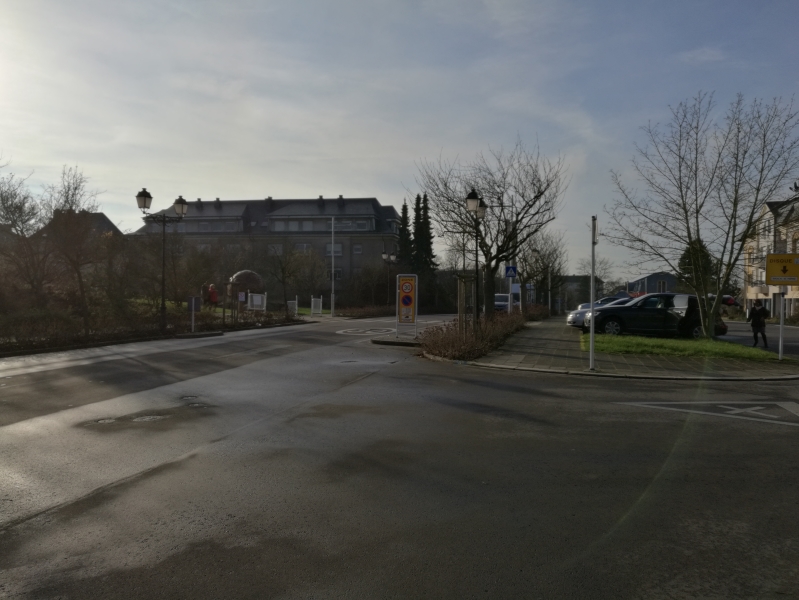












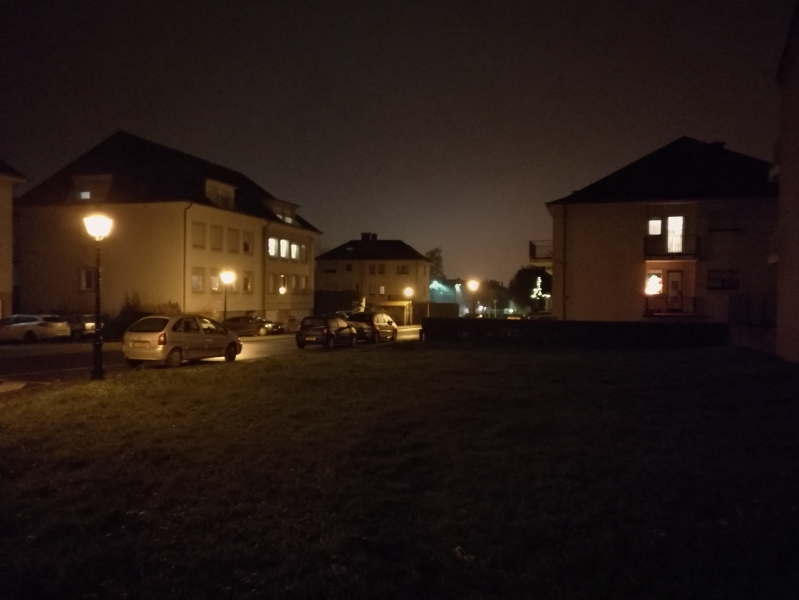
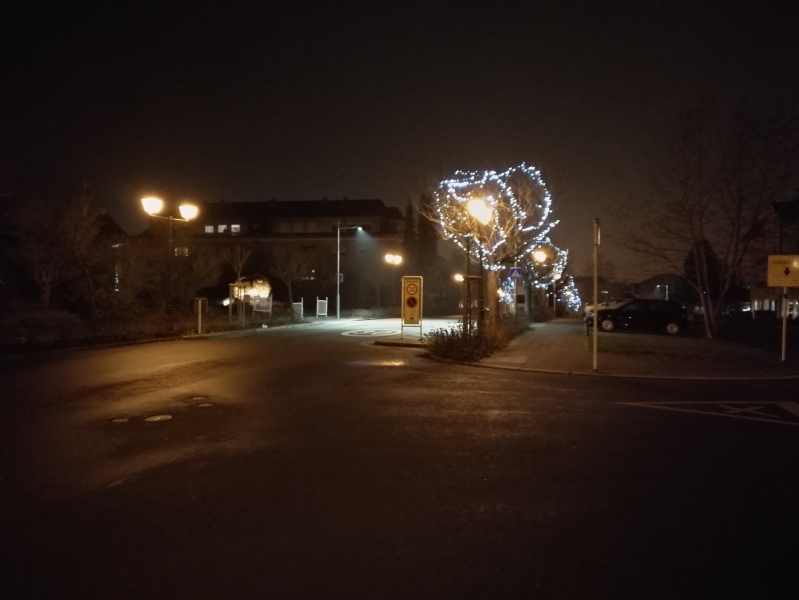














116 Comments
View All Comments
s.yu - Saturday, January 16, 2016 - link
Which will soon become among the slowest of all flagship CPUs. Please, it's one generation above Exynos 7420 (courtesy of ARM) and still doesn't beat it in all aspects.MrSpadge - Tuesday, January 5, 2016 - link
I don't think it makes any sense yet to name "phones" and "high end games" in the same sentence. (still doing it right now)beachletter - Tuesday, January 12, 2016 - link
The mate 8 achieved similar if not better sustained framerates than the Exynos 7420 in demanding games like nba 2k15/2k16. And that is when the 7420 is also running on 1080p, not 2k (Meizu Pro 5).I'd say GPU on the 950 is totally comparable to Exynos 74xx in actual gameplay because it has so little thermal throttling. In fact, it is probably superior to some phones using snapdragon 810, especially after a few minutes of playtime and on 2k screens. I know because I have a Oneplus 2 which plays like shit after 10-15 minutes game time.
This GPU won't compete with 2016 flagship SoCs, but it can easily match the high end chips currently available in actual usage. The graphics benchmark really don't tell you the whole story.
Lolimaster - Tuesday, January 5, 2016 - link
It seems only Apple, Samsung and maybe Xiaomi cares about display accuracy which is better than focusing on gizmos.5th element - Tuesday, January 5, 2016 - link
Google's devices arent half bad, but I agree with you display accuracy should be of primary concern and I, for the life of me, have no idea why it isn't an this extends right across the board to LCD TVs and monitors.ChronoReverse - Tuesday, January 5, 2016 - link
The reason is because more people prefer the overly saturated colours. The most common comment I get when people look at my previous phones where the colours were set to as accurate as possible for that model is "why does it look washed out?".This is why a screen capable of colour accuracy like the Nexus 6P ends up with a saturated default setting.
s.yu - Saturday, January 16, 2016 - link
That's why Samsung's approach with multiple screen modes makes so much sense. Most will leave it on Adaptive, those who care will change it to Basic or AMOLED Photo. Those watching really badly compressed videos could use AMOLED Cinema.s.yu - Saturday, January 16, 2016 - link
One up that!NZtechfreak - Tuesday, January 5, 2016 - link
I've had one of these for nearly three weeks, a 4gb/64gb one (coming from Note 4 and Nexus 6P previously). This review aligns with my experience. Battery life is easily the best I've had, in the same use it is basically doubling what I had with the Note 4 and 6P. Battery life is fairly high on my priority list and this device is a breath of fresh air in this regard. I had noticed the camera issues, but hadn't picked the reason until Andreilux informed me a few days ago. I'm on a newer B129SP02 firmware, which somewhat ameliorates the issue but not as successfully as it needs to. I think this should be able to be resolved in firmware though, so hopefully will see more of the sensors potential in upcoming updates (I've had three firmware updates so far, so certainly they are moving at a reasonable pace to address issues thusfar). Can update as more firmwares come in if people are interested. Regards the screen my subjective experience matches the review. Coming from the Note 4 in basic screen mode and the 6P in sRGB mode, the garish colours are a bit of an eyesore. Not sure if you mentioned it, but the screen is fairly reflective too, so despite a reasonable brightness sunlight viewing is mildly irritating at times. Blacks for a non-AMOLED screen are sufficient for me, white on warmest colour temp also good enough for me. Overall though the panels performance is acceptable for me. The last firmware update changelog mentioned changes to the colour temp adjustment, but I'm not perceiving a difference. I hope they can refine colour temp adjustment further with firmware updates. Again, not sure if I missed it, but the speaker performance here is really enjoyable - best bass I have heard from a smartphone till now. Speaker performace gets noticeably stressed as you approach 70%+ of the volume range, but volume is plentiful enough beneath that to not give me cause for concern. Pleased with your GPU write-up, a balanced viewpoint (it matches my own, so I suppose I would say that). While GPU performance is not wonderful in raw terms, it exceeds most devices this year for native resolution workloads on account of the 1080p screen. Throttling behaviour is particularly pleasing, since I do mostly emulator gaming on my phone and it's really nice playing the Gamecube's Fire Emblem Path of Radiance at fullspeed here (Dolphin overclock setting at 0.2). Overall I'm well pleased, the camera issue needs resolution, but I use my GH3 for when I really want to take nice shots, so for me it isn't the showstopper that it will be for some on current software.name99 - Tuesday, January 5, 2016 - link
"One characteristic that might be defining for the Kirin 950 is that it still uses a CCI-400 fabric"Might I suggest as a future article one that clarifies what the relationship is between all these ARM terms. We have AMBA, CHI, ACE, CCI and probably a few more I've forgotten. They all seem to have something to do with coherency between different "ARM ecosystem" cells, but what exactly, and how are they all related?